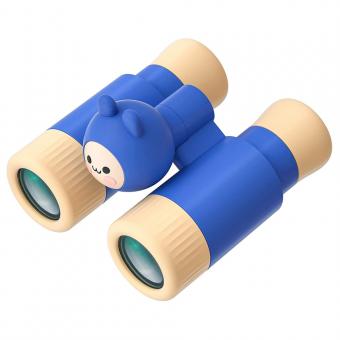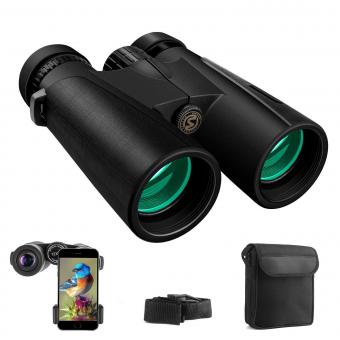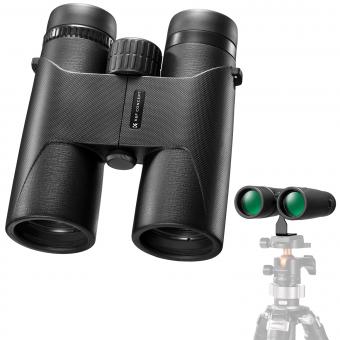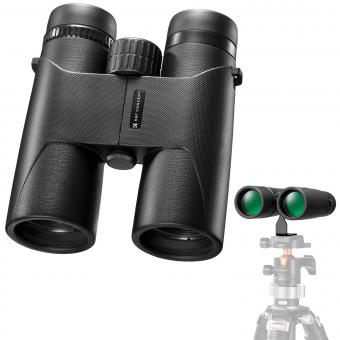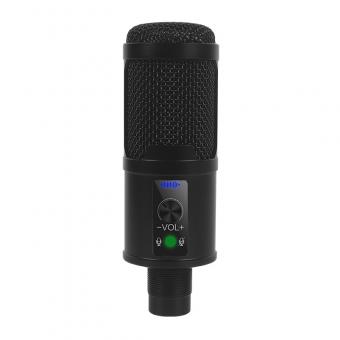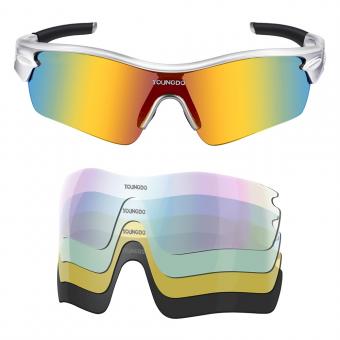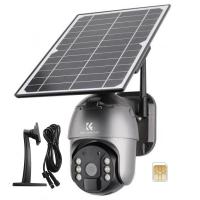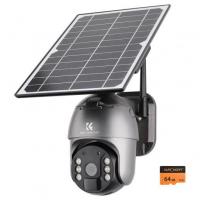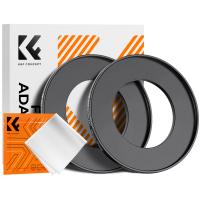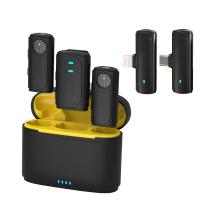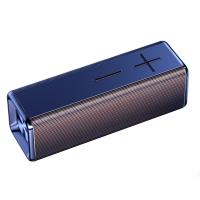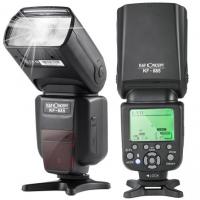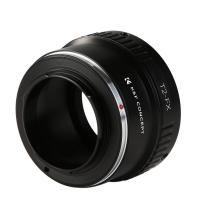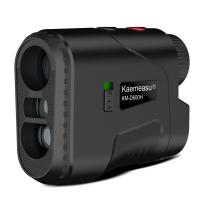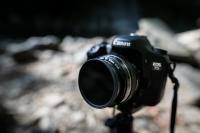How Far Can Binoculars See?
When it comes to understanding the capabilities of binoculars, one of the most common questions is, "How far can binoculars see?" This question, while seemingly straightforward, actually encompasses a variety of factors that influence the effective range and clarity of binoculars. In this article, we will delve into the intricacies of binoculars, exploring the key elements that determine their range, and provide practical insights to help you choose the right pair for your needs.
Understanding Binocular Magnification and Objective Lens Diameter
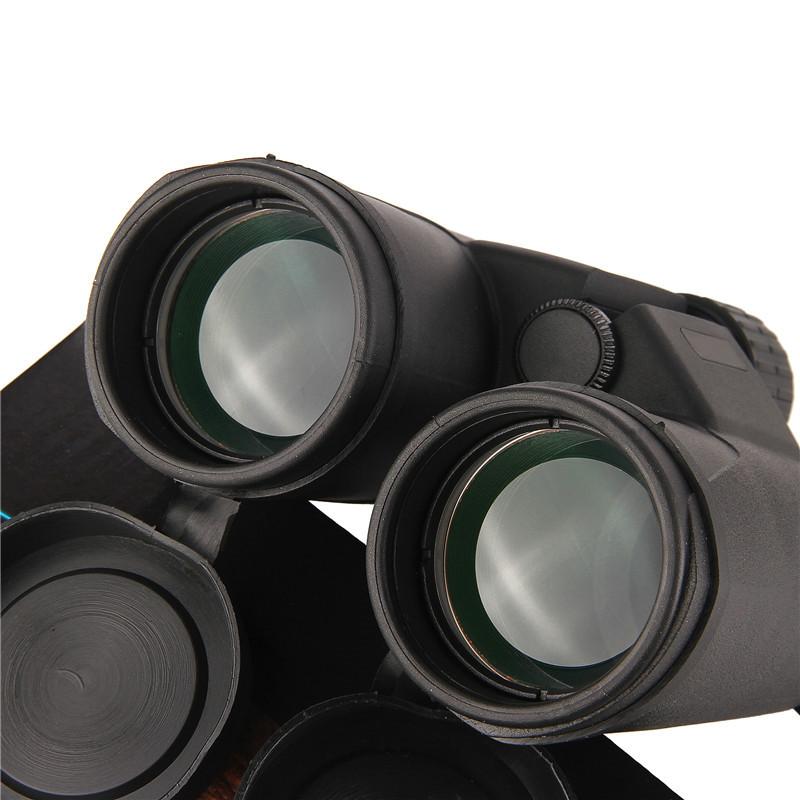
The first step in understanding how far binoculars can see is to grasp the basics of their specifications, particularly magnification and objective lens diameter. These two numbers are typically presented in a format such as 10x50.
- Magnification (10x): This number indicates how many times closer an object will appear compared to the naked eye. For example, a 10x magnification means that an object 1,000 meters away will appear as if it were only 100 meters away.
- Objective Lens Diameter (50mm): This number refers to the diameter of the front lenses in millimeters. Larger objective lenses can gather more light, which is crucial for seeing details at greater distances, especially in low-light conditions.
Factors Influencing Viewing Distance
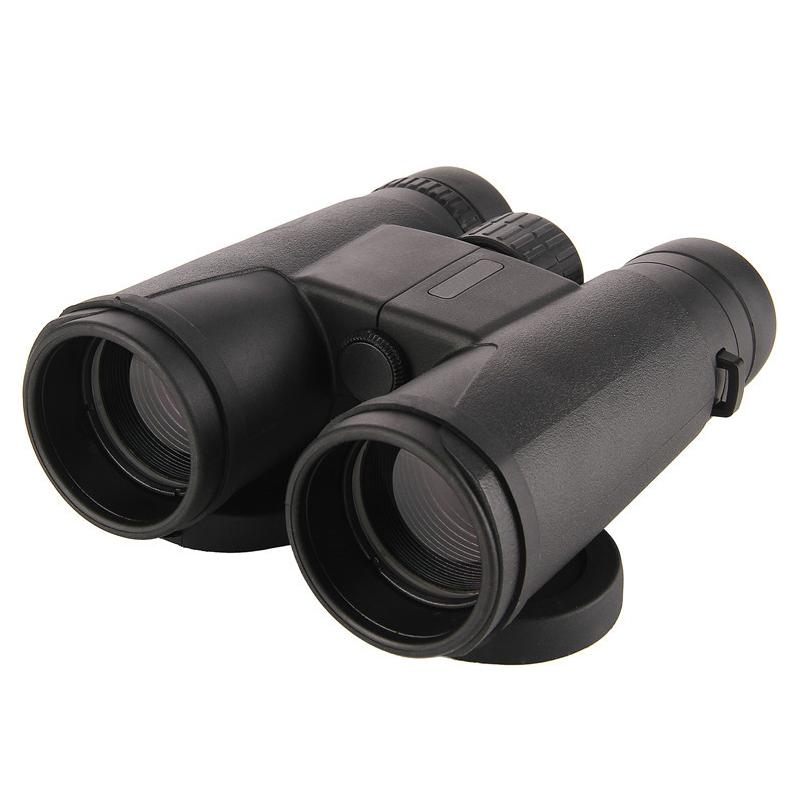
While magnification and objective lens diameter are critical, several other factors also play a significant role in determining how far you can see with binoculars:
1. Atmospheric Conditions: Haze, fog, and air pollution can significantly reduce visibility. Even the best binoculars cannot overcome poor atmospheric conditions.
2. Light Conditions: The amount of available light affects how well you can see distant objects. Binoculars with larger objective lenses perform better in low-light conditions, such as dawn or dusk.
3. Quality of Optics: High-quality lenses and coatings can enhance clarity and reduce distortions, allowing you to see further and more clearly.
4. Stability: Higher magnification can make it difficult to keep the image steady. Using a tripod or image-stabilized binoculars can help maintain a clear view at greater distances.
Practical Viewing Distances

To provide a more concrete understanding, let's consider some practical examples of how far you can see with different types of binoculars under ideal conditions:
- 8x42 Binoculars: These are popular for bird watching and general use. They offer a good balance between magnification and light-gathering ability. Under ideal conditions, you can clearly see objects up to 1,000 meters away.
- 10x50 Binoculars: These provide higher magnification and larger objective lenses, making them suitable for wildlife observation and stargazing. You can expect to see details of objects up to 1,500 meters away.
- 20x80 Binoculars: These are often used for astronomical purposes. With such high magnification and large lenses, you can observe celestial objects and distant terrestrial landmarks up to 3,000 meters away.
Choosing the Right Binoculars for Your Needs
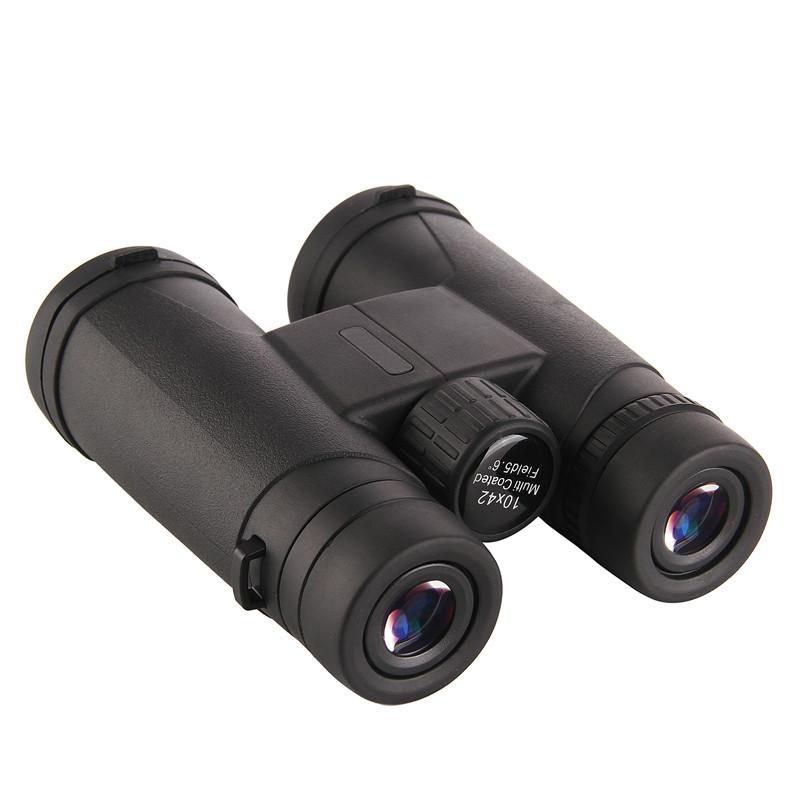
Selecting the right binoculars depends on your specific needs and the conditions in which you will be using them. Here are some common use cases and the recommended specifications:
1. Bird Watching: For bird watching, portability and a wide field of view are essential. Binoculars with 8x42 or 10x42 specifications are ideal as they provide a good balance of magnification and light-gathering ability.
2. Hiking and Outdoor Activities: Lightweight and compact binoculars are preferable. Models with 8x32 or 10x32 specifications are suitable for these activities, offering sufficient magnification without being too bulky.
3. Hunting: Hunters often need binoculars with higher magnification to spot game from a distance. Binoculars with 10x50 or 12x50 specifications are recommended for their enhanced range and clarity.
4. Astronomy: For stargazing, binoculars with high magnification and large objective lenses are necessary. Models with 15x70 or 20x80 specifications are ideal for observing celestial objects.
Tips for Maximizing Binocular Performance
To get the most out of your binoculars, consider the following tips:
1. Use a Tripod: For high-magnification binoculars, a tripod can significantly improve stability and reduce image shake, allowing you to see distant objects more clearly.
2. Adjust the Diopter: Most binoculars have a diopter adjustment to account for differences in vision between your eyes. Properly setting the diopter can enhance image clarity.
3. Clean the Lenses: Regularly clean the lenses with a soft, lint-free cloth to remove dust and smudges that can impair visibility.
4. Store Properly: When not in use, store your binoculars in a protective case to prevent damage and keep the lenses clean.
The question of how far binoculars can see is multifaceted, involving a combination of magnification, objective lens diameter, atmospheric conditions, and the quality of optics. By understanding these factors and choosing the right specifications for your needs, you can maximize the performance of your binoculars and enjoy clear, detailed views of distant objects. Whether you're bird watching, hiking, hunting, or stargazing, the right pair of binoculars can significantly enhance your experience and bring the world closer to you.




